|
Reading doesn’t always require a “book”. Incorporating play is always a great way to learn, so try out some of these sidewalk chalk games. You can get a new reader reading. For a pre-reader, this can build vocabulary and help them learn to identify colors, shapes, and letters. IMPORTANT: Make it FUN. Don’t make it seem like work. Kids do their best “work” while playing. If your child isn’t interested, let them lead the game their way. Try different things! What you need: Sidewalk chalk, preferably of many colors. A bean bag or other similar object that you can toss and that doesn’t bounce. In a pinch, you can fill a balloon or a small Ziplock bag with sand, sugar, or salt. Pre-Reader Game Ideas:
Reader Game Ideas:
3 Comments
Raising readers can be hard. What worked for big brother might not work for little brother. What worked for your daughter last year might not work the next. That’s why having many options at your disposal is important. Here is my first list of tips to help encourage reading.
Let me know in the comments which of these tips work well for your little reader. Check back soon for Part 2! Happy Reading! |
AuthorKeep up with my adventures here. I'll be posting updates and fun projects for kids to do that relate to a recent children's book release. Sign up for emails on my Home page to get all the latest updates emailed to you, so you always know when new projects or updates are posted. Archives
June 2022
Categories |
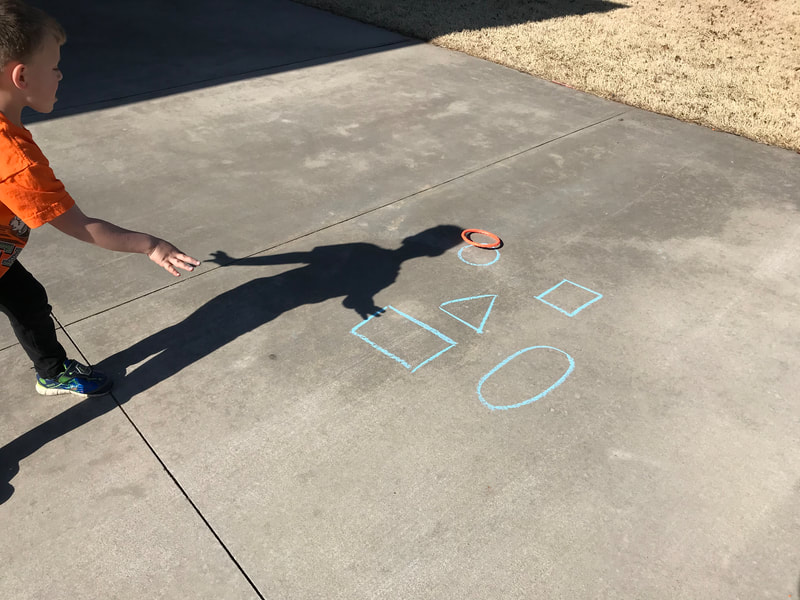
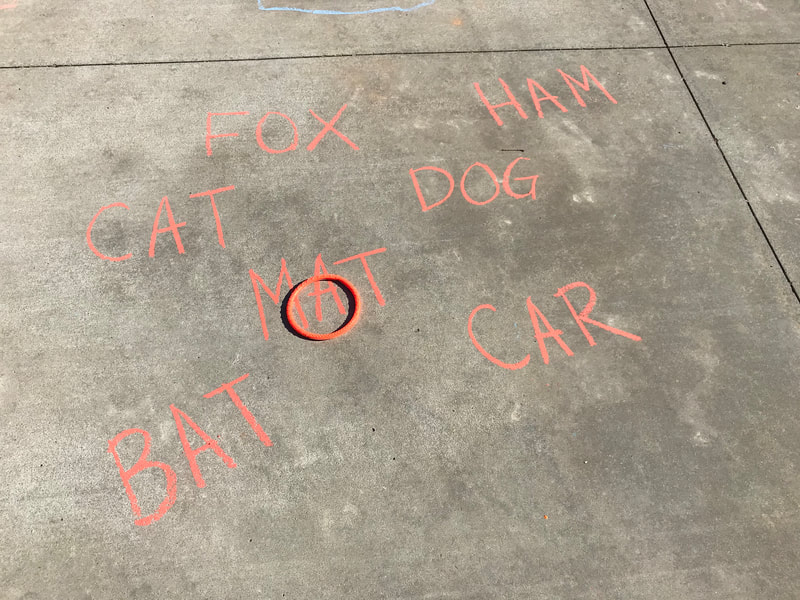
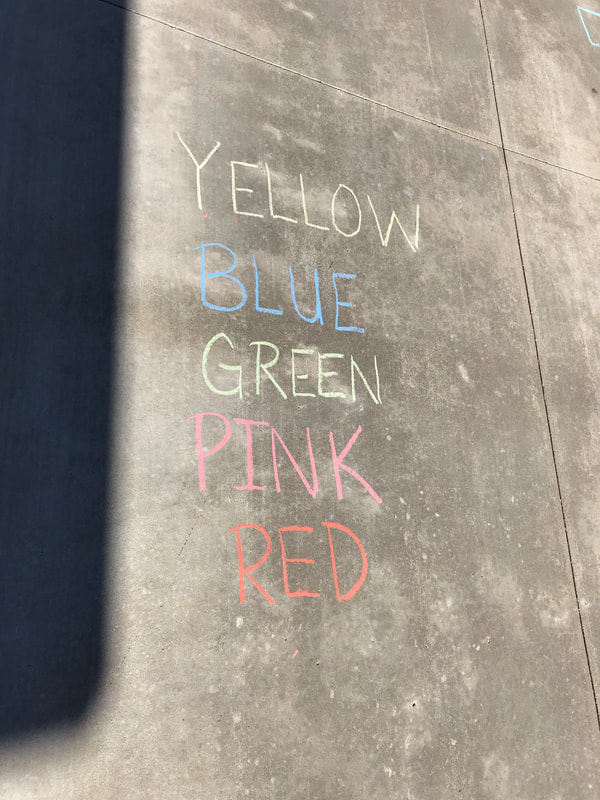
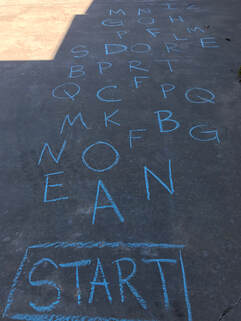
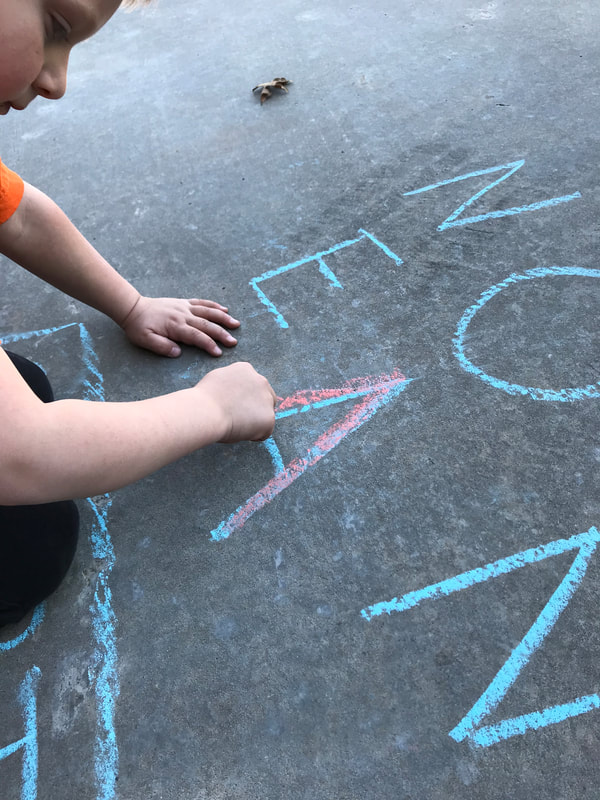
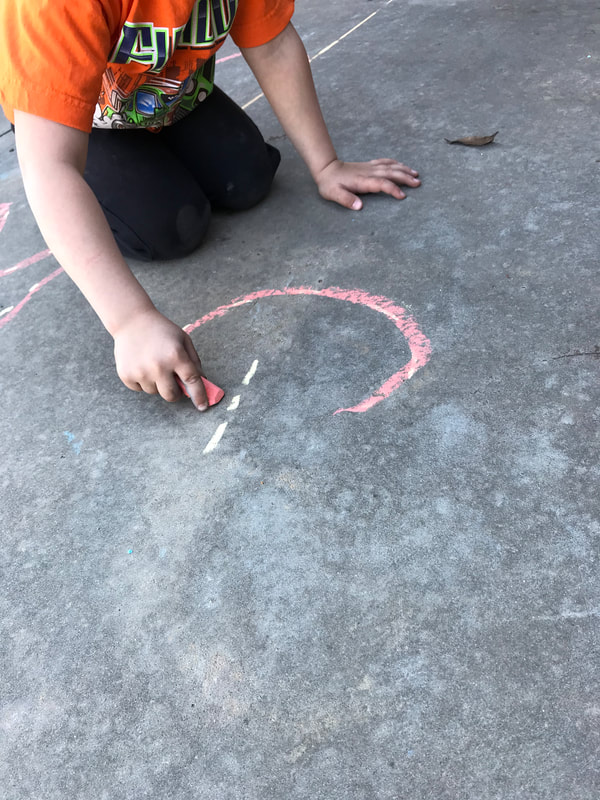
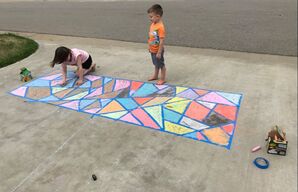
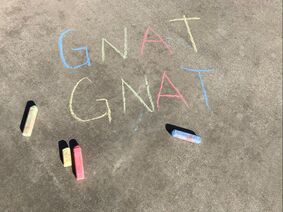
 RSS Feed
RSS Feed
